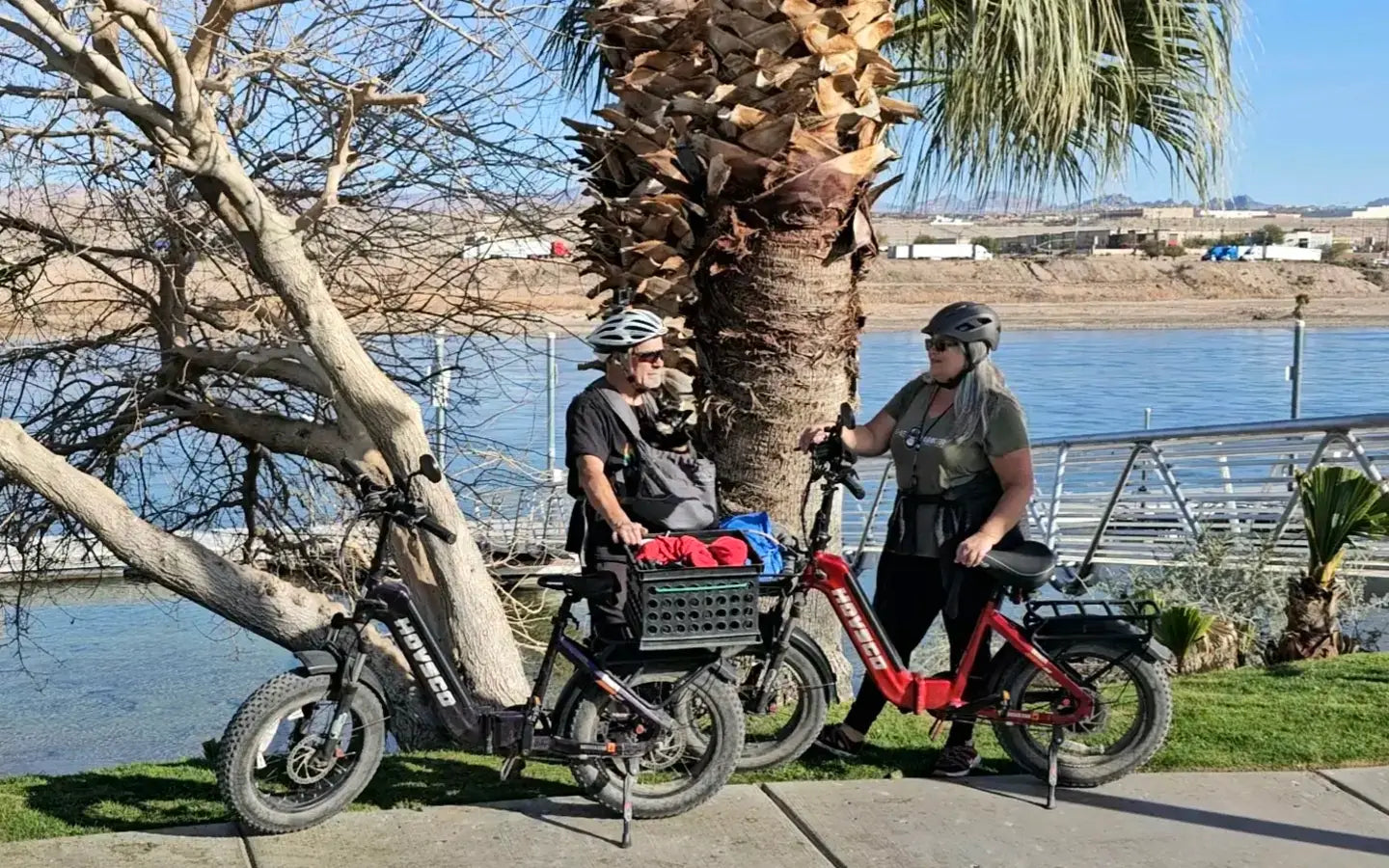
- by LiuJiazhu
What Are State Electric Bike Speed Limit Regulations?
- by LiuJiazhu
State electric bike speed limit regulations define how fast electric bikes can legally travel under motor power, varying widely across the U.S. Most states follow a three-class system capping speeds at 20 mph for Class 1 and 2 e-bikes and 28 mph for Class 3, but some impose stricter limits or unique rules. Understanding these regulations ensures safe, legal riding and avoids penalties.
Electric bikes are commonly classified into three classes based on speed and power: Class 1 (pedal-assist up to 20 mph), Class 2 (throttle-assisted up to 20 mph), and Class 3 (pedal-assist up to 28 mph). These classifications help regulate road use and safety standards across different U.S. states.
Electric bikes are generally classified into three classes based on speed and motor function:
Most states adopt this classification, but power limits and throttle restrictions vary. For example, California bans throttles on Class 3 e-bikes and limits continuous motor power to 750 watts, while some states allow up to 1000 watts.
Classification System by State
| Class | Max Speed (mph) | Motor Type | Typical Power Limit (W) |
|---|---|---|---|
| 1 | 20 | Pedal-assist only | Up to 750 |
| 2 | 20 | Throttle assist | Up to 750 |
| 3 | 28 | Pedal-assist only | Up to 750 (varies) |
Most states cap e-bike speed limits at 20–28 mph, depending on the bike class. Class 1 and 2 e-bikes are usually limited to 20 mph, while Class 3 models can reach 28 mph. Always check local laws for specific restrictions where you ride.
Most states set speed limits at 20 mph for Class 1 and 2 e-bikes and 28 mph for Class 3. However, exceptions exist:
These variations reflect local safety concerns and infrastructure.
States typically restrict e-bike motor power to 750 watts (1 horsepower). This power cap directly influences legal top speeds and helps categorize bikes for road use. Brands like HOVSCO comply with these standards to ensure safety and legality across the U.S.
Power limits directly influence speed capabilities and legal classifications. While the federal standard caps motor power at 750 watts, some states allow higher limits:
Higher power often correlates with higher possible speeds, but states may still enforce speed caps regardless of power.
Throttle restrictions are increasingly common, especially on Class 3 e-bikes. California and Oregon explicitly ban throttle use on Class 3 models to promote pedal-assist riding and reduce safety risks. These restrictions aim to balance e-bike performance with pedestrian and traffic safety, encouraging riders to engage more actively.
Many states mandate helmets for Class 3 e-bikes or riders under a certain age (usually under 18). Higher speed limits require more protective measures. HOVSCO encourages helmet use for all riders, regardless of class or local law, for maximum safety.
Helmet laws often tie to e-bike class and speed limits:
Age restrictions also vary, with some states proposing minimum ages for Class 3 e-bike operation to ensure rider maturity at higher speeds.
Local governments can override state laws by setting their own e-bike speed limits and access rules. This often impacts trail access, urban riding zones, and shared paths. Riders should always check with local municipalities before riding to avoid penalties.
Local jurisdictions may impose additional rules beyond state laws, such as:
For example, New York City limits Class 3 e-bikes to 25 mph, lower than the statewide 28 mph cap, reflecting urban traffic conditions.
When purchasing an e-bike, consider state electric bike speed limit regulations to ensure compliance. Choose a model that fits your local class definitions and speed caps, especially if you plan to ride in multiple states. Verify motor power limits and throttle permissions to avoid legal issues. Prioritize safety gear like helmets if required by your state. Also, check local ordinances for trail or path access restrictions. Understanding these rules upfront saves fines and enhances your riding experience.
"HOVSCO recognizes the complexity of state electric bike speed limit regulations and designs e-bikes that comply with diverse legal frameworks while delivering top performance," says a HOVSCO expert. "Our focus is on creating adaptable, safe, and efficient e-bikes that meet or exceed the strictest state standards. Riders should always check local laws before purchasing or riding to ensure full compliance and safety. We believe well-informed riders contribute to safer streets and a greener future."
What is the maximum speed allowed for e-bikes in most states?
Typically, 20 mph for Class 1 and 2 e-bikes, and 28 mph for Class 3 e-bikes.
Are throttle controls allowed on all e-bike classes?
No, some states ban throttles on Class 3 e-bikes, notably California and Oregon.
Do speed limits vary within states?
Yes, local jurisdictions can impose stricter speed limits or restrictions.
Is a helmet required for all e-bike riders?
Helmet requirements vary by state and class; often mandatory for Class 3 and younger riders.
Can e-bike motor power exceed 750 watts legally?
Some states allow up to 1000 watts, but most adhere to the 750-watt federal limit.
Share:
How Do E-Bike Batteries Maintain Extended Lifespan Through Proper Care?
Why Do Adult Electric Bike Owners Need Must-Have Accessories?